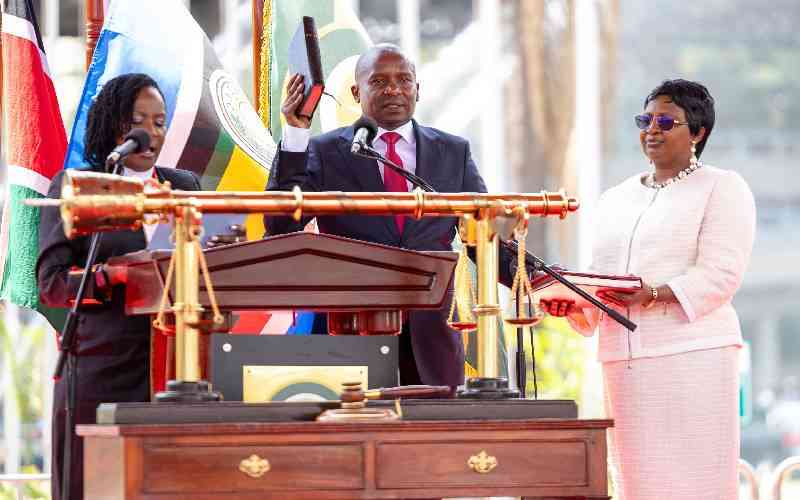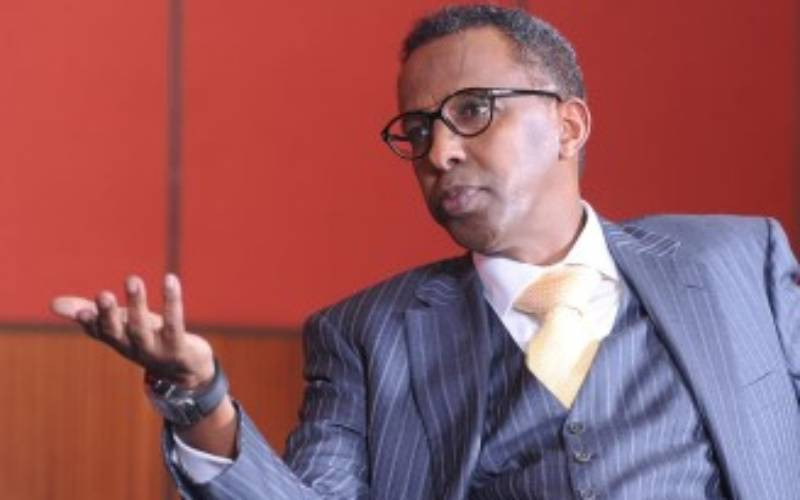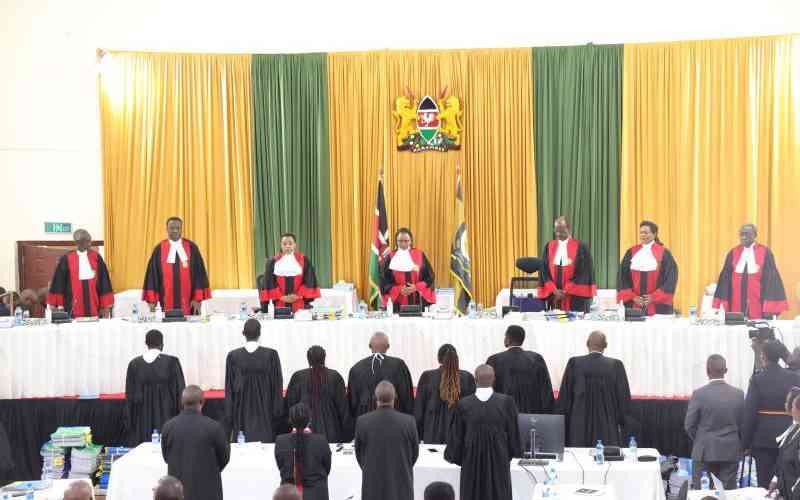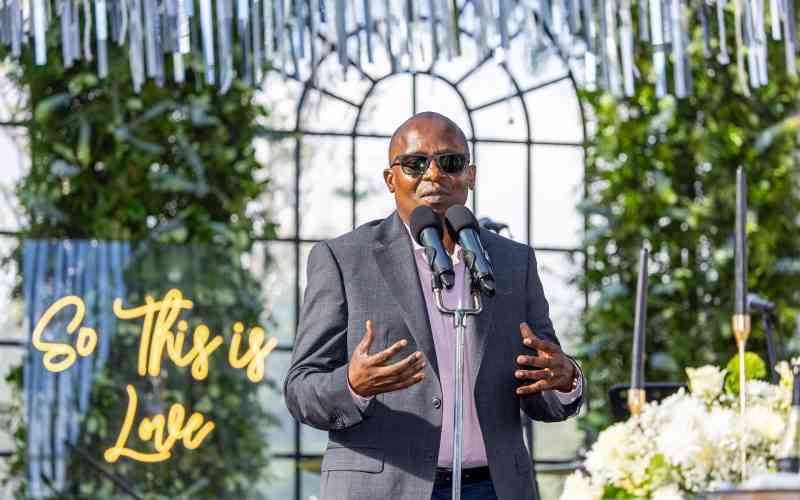Many live. Few are remembered.
United States Supreme Court Justice Ruth Bader Ginsburg is 85. She fell and cracked her ribs while in court on November 7. On December 21 she had two cancer nodules removed from her lungs. Her health is closely followed because her retirement would enable President Donald Trump to nominate another Republican leaning Justice to the Supreme court.
The US Supreme Court is manned by nine judges. The Court is renowned not only for it’s well written legal opinions, but also for the fact that its Justices are more often than not, living legends. A majority of its judges build and cement their legacies while still serving in the Court.
The US Court is today divided 5-4 among Republican and Democratic nominees. Should Justice Ginsburg retire, the court will have 6 Republican nominees. The Justices who grace the US Supreme Court are so well known that anyone can predict to the tee how they will decide a matter as soon as it is filed before the Supreme Court. Before they are nominated by the President, their legal career and legal thinking is retraced all the way back to their days in law school. Whereas Republican Presidents nominate Justices renown for their conservative leaning, Democratic Presidents nominate liberal Justices. Once appointed to the Supreme Court these justices maintain for the entirety of their career their liberal or conservative leaning.
Our courts, and its judges, are not as predictable. The judges, and the courts they man, shift their legal thinking one decade to another, one decision to the other. In the Raila 2017 Petition, the Supreme Court overturned the election of the President because, among other reasons, the Chairman of the Independent Electoral and Boundaries Commission did not have all Forms 34A uploaded on the IEBC electronic portal before he declared the winner of the Presidential election.
The Court of Appeal, following the lead of the Supreme Court, overturned Governor Mutua’s election because the Constituency Returning Officer did not use the correct Form 37C to declare the winner of the election. The Form 37C she used did not show the votes the candidates received at each polling station.
The Supreme Court has overturned the decision of the Court of Appeal and declared that Governor Mutua was validly elected by the people of Machakos County. Though the Supreme Court agreed that the Form 37C that was used by the Constituency Returning Officer to declare Governor Mutua as duly elected had defects in form, the Court stated that such defects did not change or affect the results of the election. It also faulted and voided that part of electoral law that required a County Returning Officer to tabulate the results that each candidate obtained from each polling station.
In the Raila 2017 Presidential Petition, the Supreme Court held that the results of the election were immaterial where there were procedural defects in the election process. Governor Mutua’s margin of victory of over 40,000 weighed in on the Supreme Court’s final decision and their declaration that he was validly elected.
The enduring legacy of the Supreme Court led by Chief Justice Mutunga was its use of the Constitution to open a window for appeals from decisions of the Court of Appeal in election petition appeals. It is this window that the Supreme Court used to ensure that Governor Mutua will enjoy his electoral win to the fullness of time. The enduring legacy of Chief Justice Maraga’s Supreme Court will be the reversal of a President’s electoral win, a fete that Chief Justice Mutunga’s Supreme Court shied from. It remains to be seen what other milestones the Supreme Court will achieve under Chief Justice Maraga.
- The writer is an Advocate of the High Court of Kenya. [email protected]
 The Standard Group Plc is a
multi-media organization with investments in media platforms spanning newspaper
print operations, television, radio broadcasting, digital and online services. The
Standard Group is recognized as a leading multi-media house in Kenya with a key
influence in matters of national and international interest.
The Standard Group Plc is a
multi-media organization with investments in media platforms spanning newspaper
print operations, television, radio broadcasting, digital and online services. The
Standard Group is recognized as a leading multi-media house in Kenya with a key
influence in matters of national and international interest.
 The Standard Group Plc is a
multi-media organization with investments in media platforms spanning newspaper
print operations, television, radio broadcasting, digital and online services. The
Standard Group is recognized as a leading multi-media house in Kenya with a key
influence in matters of national and international interest.
The Standard Group Plc is a
multi-media organization with investments in media platforms spanning newspaper
print operations, television, radio broadcasting, digital and online services. The
Standard Group is recognized as a leading multi-media house in Kenya with a key
influence in matters of national and international interest.









